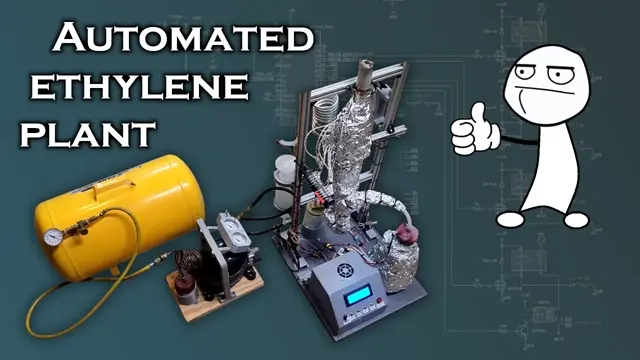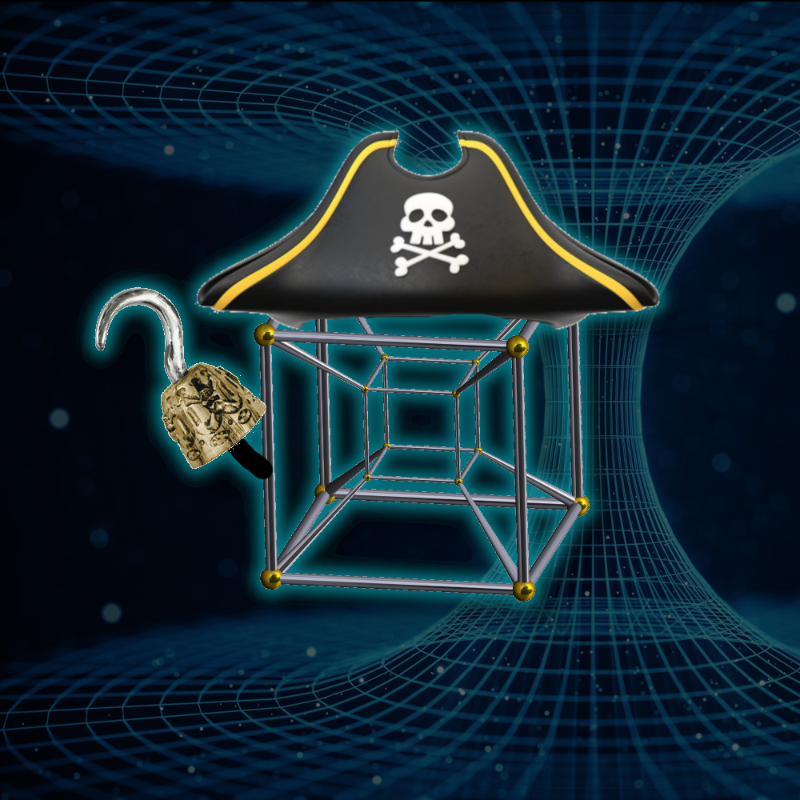2024-03-02
[public] 176K views, 13.0K likes, dislikes audio only
Head to https://squarespace.com/hyperspacepirate to save 10% off your
first purchase of a website or domain using code HYPERSPACEPIRATE
Original Ethylene production video:
Board Schematic:
https://drive.google.com/file/d/1jGZg0plUJJzqGkXVEZyQ5Ky7ZHtwXC8n/view?usp=sharing
Arduino Code:
https://drive.google.com/file/d/12d2MGy-z9415vCw4UUFIL6S_Q7bAi6pA/view?usp=sharing
In this video I'll show how I automated the process of producing
Ethylene (C2H4) gas for use as a refrigerant. Ethylene is known as
Ethene, but is different from Ethane which is C2H6.
My original process used a manually controlled flame from a propane
burner to heat a catalyst pipe full of aluminum oxide to decompose
ethanol vapor into Ethylene and water vapor and fill a beach ball
with the Ethylene gas, which I'd later pump into a tank under
pressure.
This process was time consuming, inefficient, and required constant
attention to keep the flame at the right level to maintain
temperature. I use a lot of Ethylene gas to test refrigerant mixes
for my cryocooler, so it was worth the time to make the process
hands-off.
The new catalyst pipe is a 1-3/8" x 24" aluminum tube with 8 135W
band heaters clamped to it. 1/4" aluminum tubes are brazed to the
catalyst pipe to serve as the inlet / outlet. The band heater section
is insulated to maintain temperature, but the ends of the pipe are
exposed to keep them cooler to avoid melting the aluminum brazing
alloy.
The temperature of the catalyst pipe is controlled by a PWM signal
from an arduino to a solid state relay driving the band heaters, with
feedback from a thermocouple in the middle of the pipe. The target
temperature I used in this video was 450C. Lower temperatures will
make a higher percentage of Diethyl Ether, and higher temperatures
will create Hydrogen and Carbon, and possibly damage the catalyst
pipe.
The ethanol vapor is supplied by a 1L boiler which is quickly brought
up to its boiling temperature with a 100W heater and then sustained
by a 30W heater. Feedback for the boiler heater control is provided
by a thermistor inside the boiler. If the temperature inside goes
over the boiling point of the ethanol, the program assumes the liquid
has been depleted, and shuts off.
The average production rate of Ethylene gas is around ~40L/hr
depending on the temperature used for the reaction.
One issue i ran into early on was that I used denatured alcohol from
the hardware store, which i discovered was up to 60% methanol. This
still creates Ethylene, but it also creates several other Alkenes
from CH2 chains. I solved this problem by using Bio-ethanol, which
appears to be azeotropic 96% ethanol without additives.
The ethylene is automatically pumped into a pressure tank when the
gas pressure pushes up the piston of a 500 ml syringe until the
piston trips a limit switch that triggers a compressor to turn on.
At the time of this video's making, I've created nearly 1,000L of
ethylene gas, a lot of which i've liquefied for cryogenic
experiments.
Later, this gas will be filtered, dried, then used as refrigerant in
a cascade vapor compression system, and as a component in my mixed-
gas joule-thomson cryocooler.
Music Used:
Kevin MacLeod - Bossa Antigua
Kevin MacLeod - Lobby Time
Kevin MacLeod - George Street Shuffle

